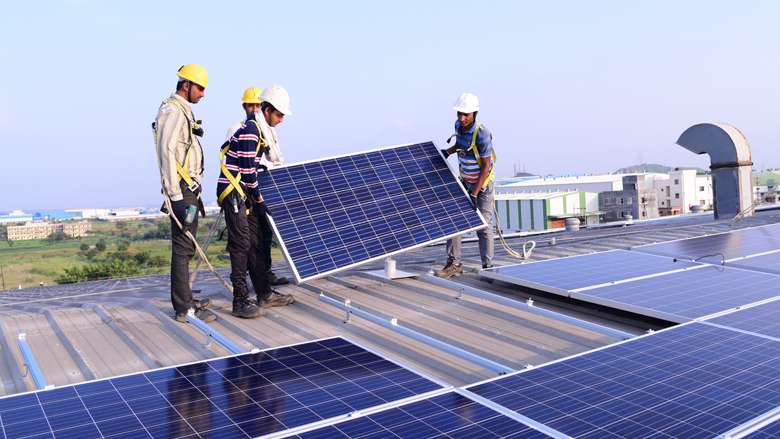Sometimes change comes so quickly it takes time to get to grips with it. One such change is now beginning to take hold in India.
Endowed with more than 300 days of sunshine a year, India is making strides towards becoming a global solar superpower. Since 2009, when the country first launched the National Solar Mission, it has installed solar parks on large tracts of unused land across the country.
“But solar parks need land, and land is scarce in a densely-populated country,” explained Simon Stolp, lead energy specialist at the World Bank in Delhi.
“Rooftops, on the other hand, hold huge potential.”
Today, thanks to a new partnership between the World Bank and the State Bank of India (SBI), India’s largest bank, the market for rooftop solar has also begun to take off.
“Tapping the rooftop solar market will be essential for India to meet its massive energy needs,” said Stolp. “The country has a lot of catching up to do - its per capita consumption of electricity is less than one third the world average.”
To meet these energy needs, India has set itself the ambitious target of generating 100 GW of solar energy by 2022, forty percent of which is to come from rooftop solar.

